Before the USA Women's Hockey Team Clinched Gold, They Fought for Equal Pay (February 2018)2/28/2018 The USA women’s hockey team won its first gold medal since 1998 at the 2018 Winter Olympics in Pyeongchang, South Korea on Thursday, beating Canada in a heart-pounding shootout. The U.S.’s victory ended Canada’s winning streak of four consecutive Olympic gold medals.
The triumph capped 12 months of dramatic battles for the U.S. women—on and off the ice. Before they fought their northern rival in the gold medal match, the players took on a different opponent: unfair pay. In 2017, the women threatened to sit out the International Ice Hockey Federation World Championship unless USA Hockey agreed to give them equal treatment to the men’s team—not least in regards to pay. The women sought the same equipment, staff, per diems, publicity, and travel as their male counterparts, according to CNN. The contract dispute lasted 15 months, but the players finally won. Following negotiations, the women were promised up to $70,000 each a year, a huge increase from the reported $6,000 they’d previously earned every four years as the Olympic Games came and went. USA Hockey reportedly promised them the same travel stipends and accommodations as the men’s team, and better marketing efforts, according to PRI. The measly sums the women previously earned forced many of them to pick up second and even third jobs to make ends meet. Better pay from USA Hockey would let players focus more narrowly on the game, the women had argued amid contract negotiations. That prediction appeared to come true on Thursday, with the U.S.’s 3-2 gold medal victory over Canada serving as the ultimate payoff.
2 Comments
In the ranking of the 100 highest-paid athletes, there is just one woman - tennis star Serena Williams. |
Archives
April 2019
Categories
All
|

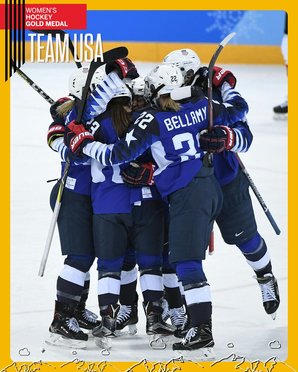

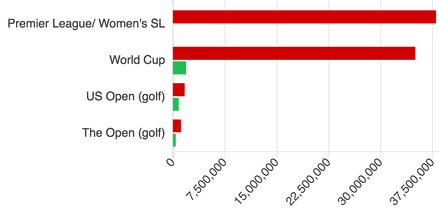
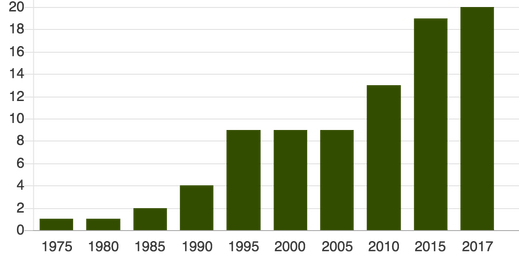
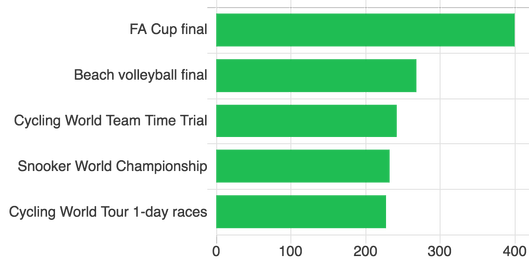
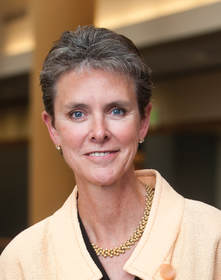
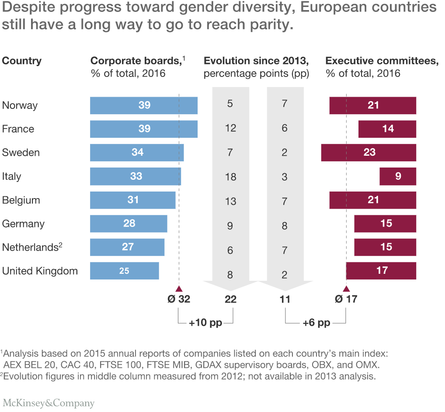

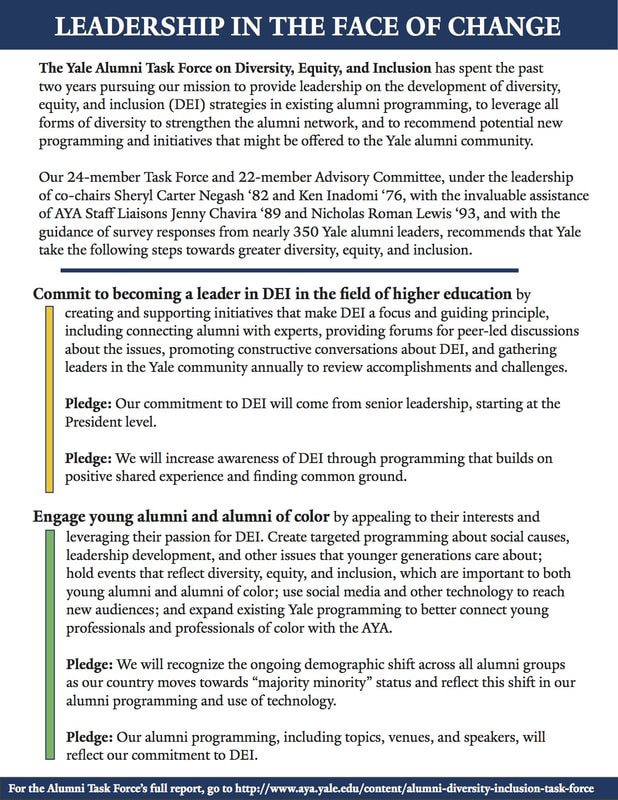

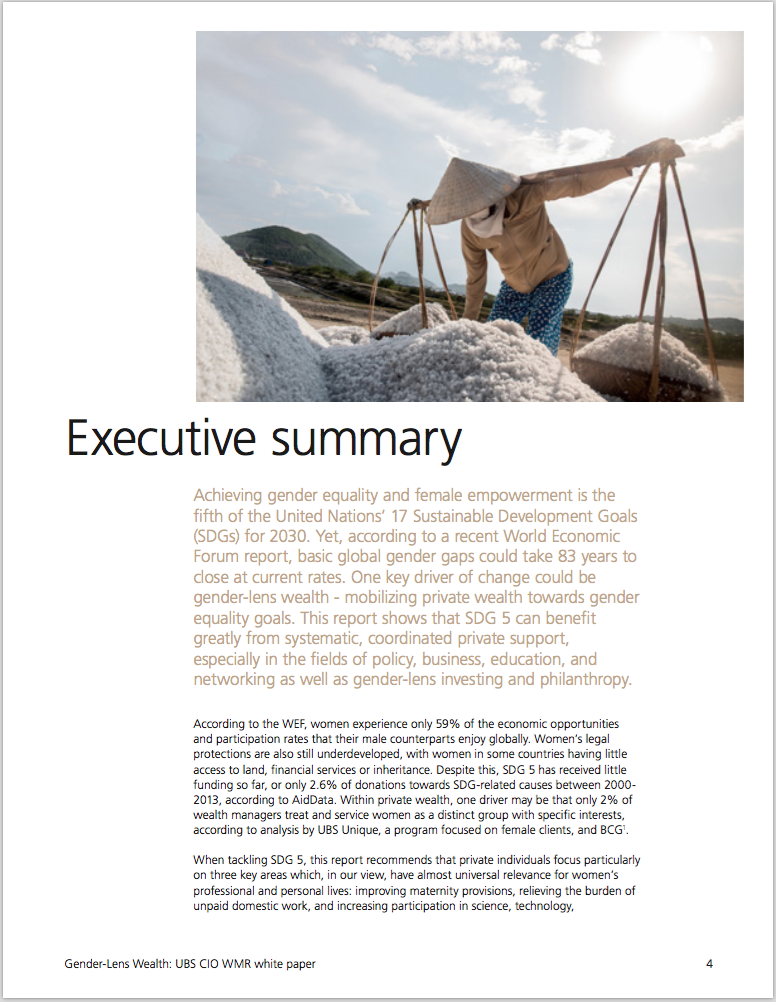
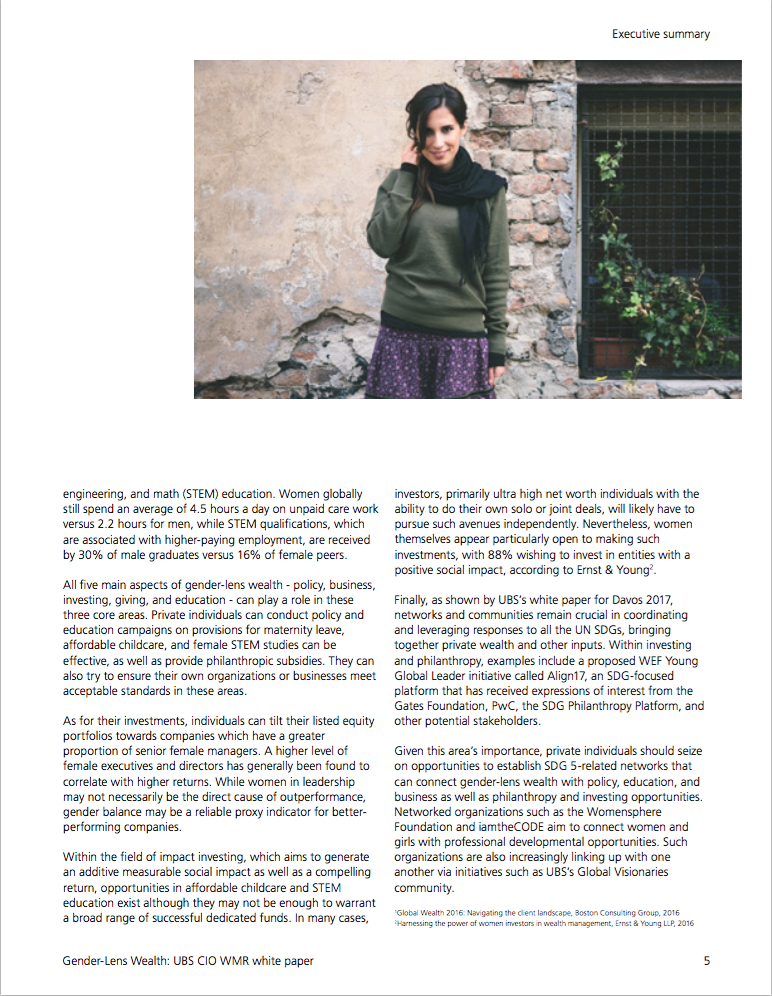
 RSS Feed
RSS Feed